San Cristobal, fishing Neighborhood
Bathed in sea salt and defying the Atlantic Ocean. That’s how San Cristobal stands, the last fishermen’s district in Las Palmas of Gran Canaria, with its sixty houses that every so often are forced to get a new color coating to cover the flaked paint and the shame of the premature grey hairs of lime that are showing as a result of settling down so close to the sea that the waves bathe, during the storms, their privileged facades on the coast’s frontline. That’s the price to pay for daring to steal Neptune’s territory.
Ocean and houses guard stories and centenarian anecdotes of fishermen, men with thick skins and hearts folded by the swinging of the waves, with their soul tangled around the trammel nets, gill nets and rods with which they went out to work every day. From that crafty and traditional way of fishing only a small pier remains and a fading fleet of rowboats, a group of rooms for tools and the maritime nostalgia of those who, one sweet day, received the unexpected visit of a gigantic sperm whale, around the year 1965. The animal, with its 25 tons of weight, remained stranded at the quarters gate, over a rug of boulders. Its appearance is what produced the demonym for the inhabitants of San Cristobal, who set their minds to change the mammal’s name to “chacalote” (NT: instead of the correct term “cachalote”) as the story, told by parents to their children, would grow older and the term would suffer a misplacement on its syllables.
They call themselves “chacalotes” because of the stranded sperm whale, but the quarter’s name comes from way back, from the times of the conquistador Cristóbal García del Castillo. From corsairs and pirates in the 16th century.
San Cristobal’s “chacalotes” like showing off saying they have their own castle although, to be completely honest, the only remaining is the watch tower San Pedro Martir, that is, which was declared Historic-Artistic Monument, which arises strongly from the water and was built to repel corsairs during the times of Phillip II of Spain “the prudent king”, in 1577. That year Elisabeth I of England orders Francis Drake to gain the Spanish territories over The Indies. This expedition sends him to the Atlantic where he attacks several boats near the Canary Islands and the castle of San Cristobal. The queen rewarded him with the knighthood. For Spain he was nothing but a simple and hated pirate.
In the horizon closer to San Cristobal there are no pirates any more but anchored boats and gigantic oil platforms which, like the English attacks did, have brought insomnia into the quarter. The constant night buzzing of the huge masses has managed to keep the residents awake although, luckily, their constant complaints to the local authorities have managed to move them away, for now.
And just like that, from time to time, the quarter adds a new chapter to its story. The one about the oil platforms is just one more but not the last one, cataloged amongst the unwanted section.
In winter, San Cristobal gets into a phase of hibernation. These are months of calm, short days and evenings loaded with a kind of humidity that hurts your bones. The windows close their shutters and hardly any neighbors stick their heads outside unless a sunbeam goes the wrong way and then, like crabs, the “chacalotes” stretch themselves along the waterfront.
In the spring time, the winds and tides bring with them gales of such violence that they pick up the boulders from the shore and throw them against the cobblestones on the avenue. This spectacle keeps the cleaning operators busy and gets them to join on a lost fight against the battling Atlantic that remains victor after each gale. And that’s how the summer comes, with its trade winds that cloud the days and populate the small sandy beach, the treasure of the quarter, which is an urban beach who thinks itself a coastal village.
But the fall is, without a doubt, San Cristobal golden season. Because it is during the fall when the summer really arrives to the area, without August’s hustle and bustle, with the calm sea and the beach surrendered to its neighbors. It is in the fall when you can enjoy diving into the ocean on a frustrating chase after a group of tiny fish just a few meters from the shore. It’s in the fall when all the rooftops open up to welcome family encounters and open door or “set hook” parties that let out the aromas of fried fish and other succulent traditional dishes that will then be digested near the sea shore where souls are sent to sleep with the swinging of the waves.
This unique fishing refuge that dozes off in the capital of the island of Gran Canaria keeps writing its own story as the falls, springs, summers and winters go by. In spite of the oil platforms and the pirates of the 21st century. The streets of Proa (prow), Popa (stern), Estribor (starboard), Babor (port side), the quarter’s church’s little square and what remains of the castle will embrace with delight whoever might need to stop time for a little while. To breath, to recharge the existential batteries and face once more the city that awaits less than five minutes away by car from this marine pearl, refuge of simple and kind people.





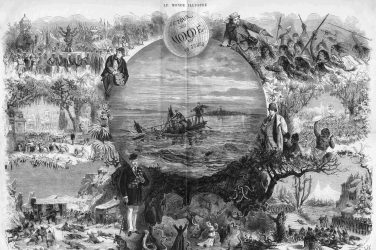
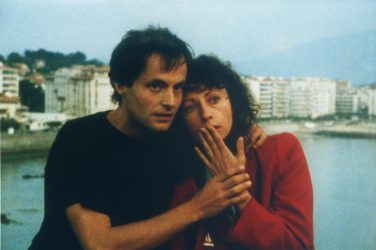
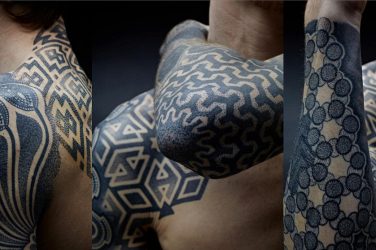
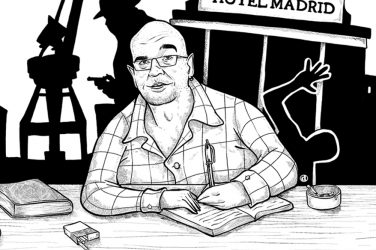
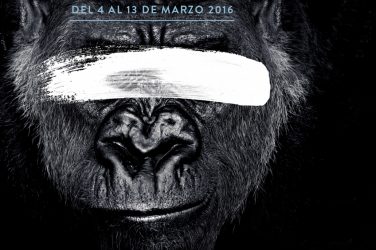
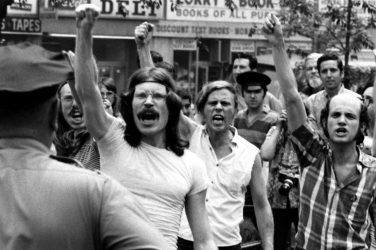

Mostrar comentarios (0)